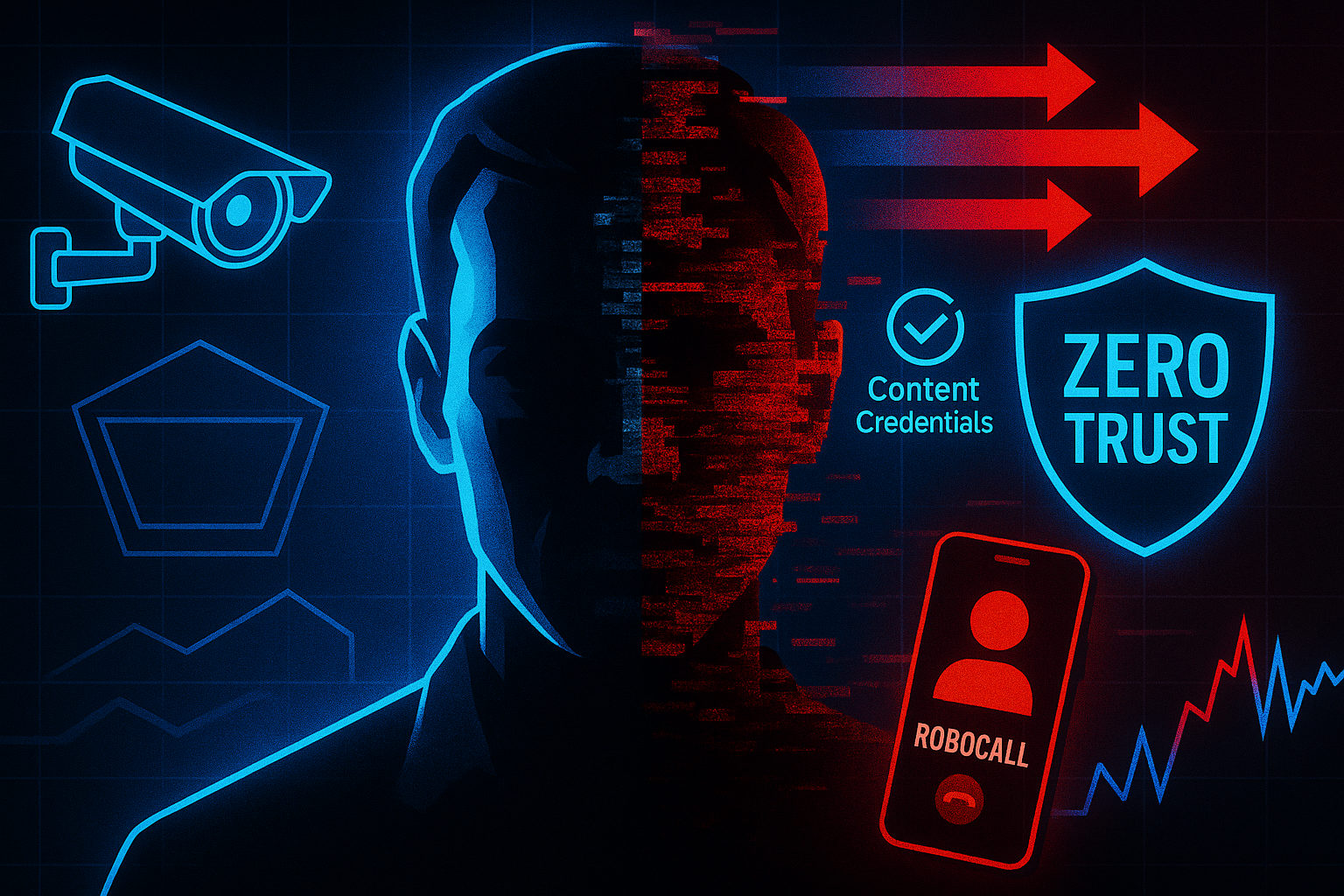by Brian Lee
Share
by Brian Lee
Share

The Cybersecurity Power Move You’re Overlooking
When people talk about cybersecurity, the conversation usually jumps to firewalls, encryption, or multi-factor authentication. All important, but one of the simplest and most powerful habits often gets overlooked: data minimization.
At its core, data minimization means only collecting, storing, and keeping the data you actually need. No “just in case” files, no hoarding old records forever. If the business purpose is done, the data should be, too. Think of it like spring cleaning for your systems: the less clutter, the fewer chances for something to get stolen or misused.
Here’s why this matters. Every piece of personal data in your environment—emails, IDs, credit card numbers, HR files—is a potential target. If attackers can’t find it, they can’t steal it. Simple as that. When companies practice data minimization, they shrink their attack surface, making life harder for hackers and reducing the fallout if something goes wrong.
This is also a pillar of any serious privacy program. Regulations like GDPR and CCPA don’t just suggest it, they require it. Privacy and security aren’t separate silos; they reinforce each other. A strong privacy practice makes your security team’s job easier, and vice versa.
Cybersecurity folks in particular should take this to heart. It’s a practical and actionable prevention strategy you should take advantage of. Make it part of your training programs, incident response playbooks, and day-to-day awareness efforts. Teach teams to ask: Do we really need this data? For how long? Where should it live?
The beauty of data minimization is that it doesn’t require new tech or massive budgets. It’s about discipline, awareness, and building smarter habits. In the world of cybersecurity, sometimes the strongest defense is simply having less to defend.
STAY IN THE LOOP




